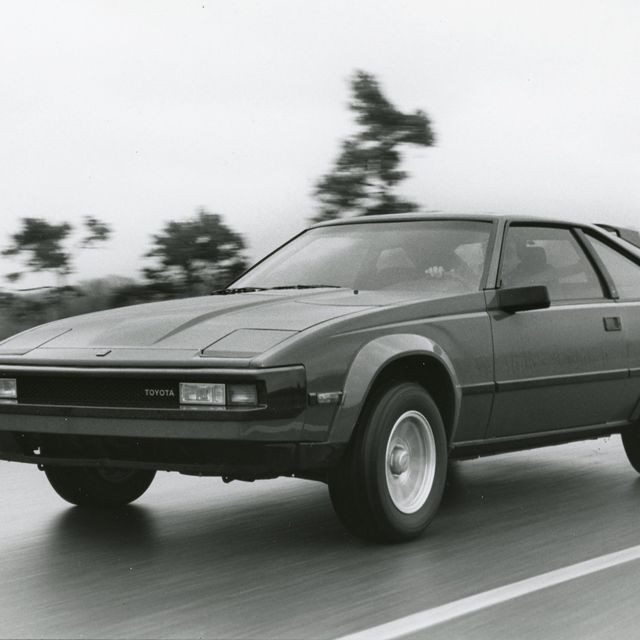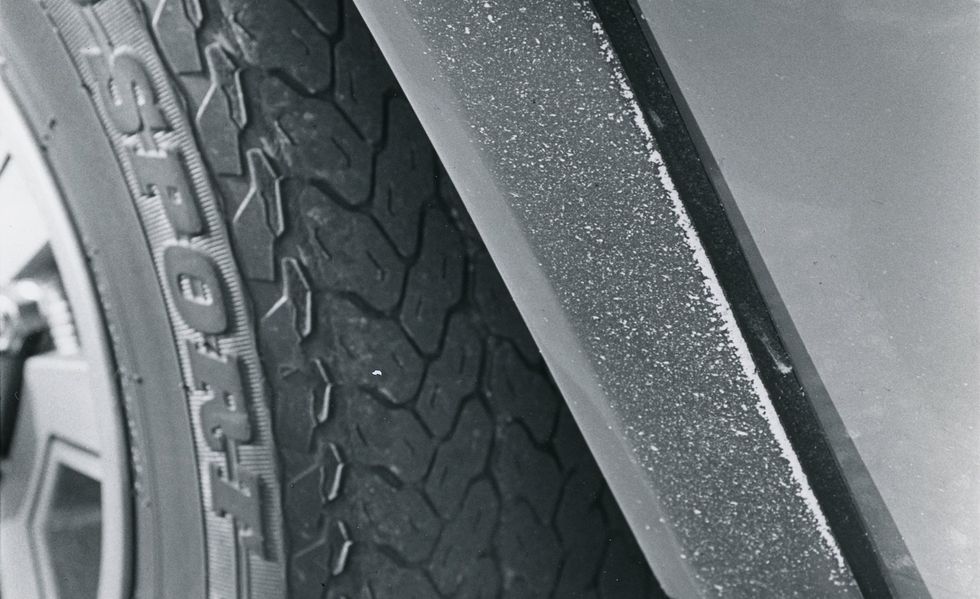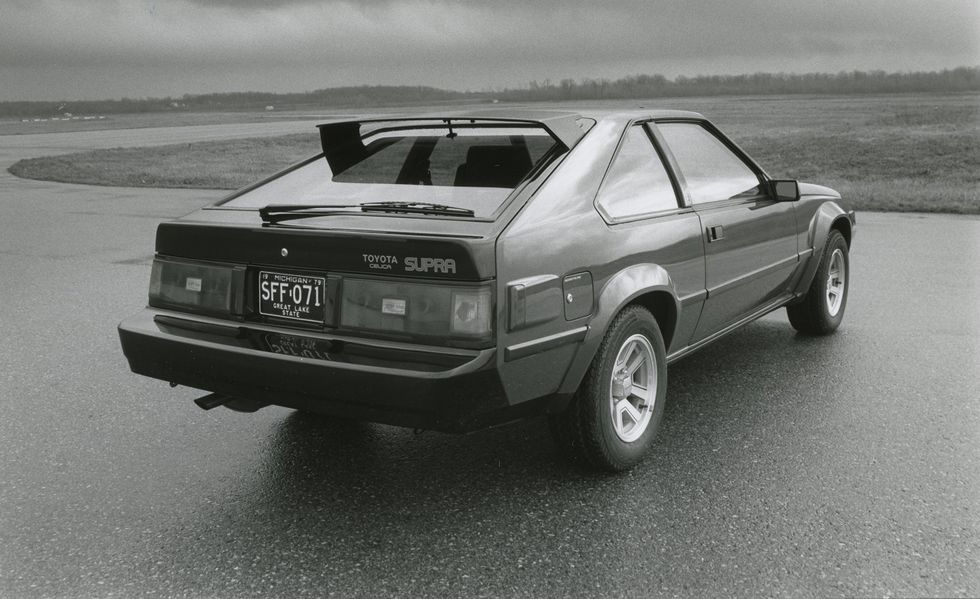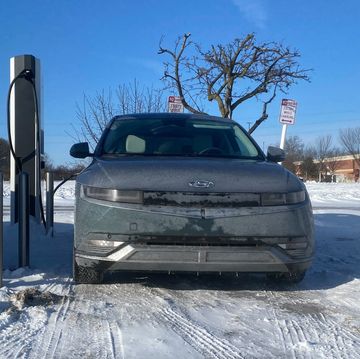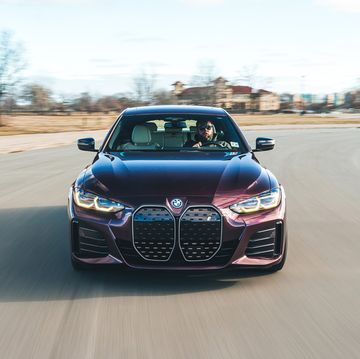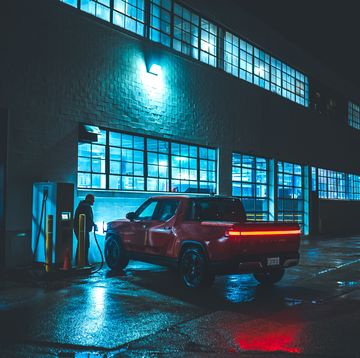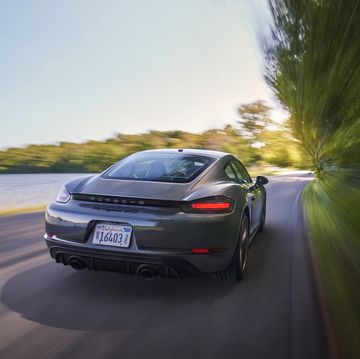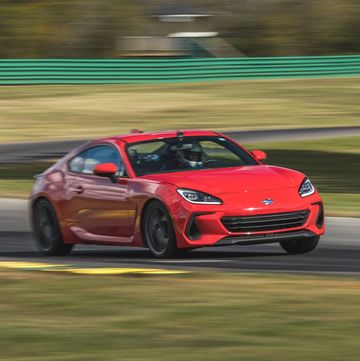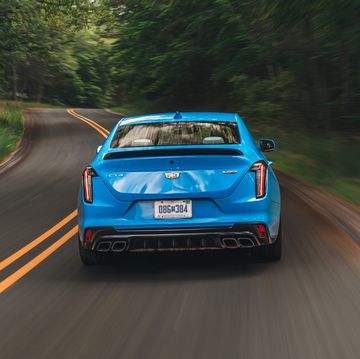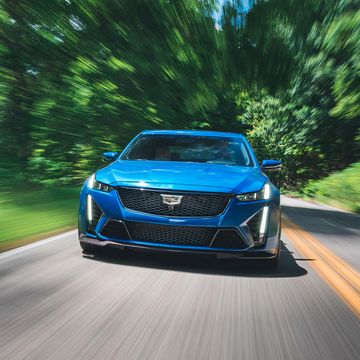From the May 1983 issue
Here we are at the beginning of the end for our 30,000-mile Supra, king of the hill of Toyota's Celica line and a car that quickly installed itself as a legend around this office. From the moment of our first sampling in Japan, we knew we wanted to get our hands on more Supras, and soon after the first boatload emptied into Los Angeles, Toyota hustled a black and deadly-looking unit into our hands. A week or two later, a reddish-brown Supra elbowed its way into our parking lot to await performance testing. It did not await long, no more than about one and a half heartbeats, and Toyota was soon faced with the problem known as "How Do We Get Our Car Back?"
The Supra could have been built to our order. It's the modern definition of the venerable GT coupe, the evolutionary result of a sophisticated train of thought that began to pick up speed with the E-type two-plus-two Jaguar, which was a lovely car replete with everything including style, charm, energy, manners, and, unfortunately, a well-deserved reputation for needing a riding mechanic, if not a tag-along tow truck. Toyota has done away with that unpleasant portion of GT-coupe ownership. The Supra is endowed with the same bulletproof character that distinguishes Toyota's entire line of cars, resulting in frequency-of-repair reports that are consistently among the industry's rock-bottom lowest.
Toyota must have known we'd be smitten by its new Supra, but when the time arrived after our normal two-week test for the car to find its way back into the comforting arms of the corporate crew that sees to taking good and proper care of press cars, Toyota must have been horrified to discover that we couldn't seem to find the keys. But Toyota was sure enough of itself to sigh, smile, and step out of the way.
Now that the test is over, we know why. After 30,000 miles, everyone at Car and Driver is still nuts about the Supra, so much so that we named it one of the "10 Best Cars" in our January issue. We also chose its almost infinitely adjustable sport seats as the best seats in any production car. What's more, this big, comfortable, accomplished GT car responded to our every heavy-footed whim, running usually at a pace that would leave many cars wheezing on shoulders or stuffing their noses into embankments, and it returned no less an average than 21 mpg, a remarkable feat in its class. Oh, one more thing: our Supra extorted no repair costs whatsoever.
This is not to say our Supra was absolutely perfect, but the problems it did have were few and very minor. The Supra's maintenance costs are certainly not the lowest we've come across lately, but then it is a complicated car and the maintenance it got from Ann Arbor Toyota was of unfailingly high quality; the cost seems a fair trade for the car's untroublesome nature. The few problems were all taken care of under warranty.
The only mechanical problem of substance was this: The Supra, as a particularly agile and confidence-inspiring GT car, invites hard driving. Being glad to oblige, we indulged in extremely heavy applications of acceleration, cornering, and braking. What else would you expect with a free-revving dual-overhead-cam six, an all-independent suspension (MacPherson struts in front, semi-trailing arms in back), and four-wheel disc brakes? Our normal approach into corners was at about Mach 2, and the brakes turned out to be unhappy about this. The corner-after-corner-after-corner abuse caused them to heat to the point of warpage. The problem hadn't appeared during our initial performance testing, so we were surprised when it cropped up later. The car had entered its long-term phase in January 1982 with 4474 miles on its odometer, and when it went in for its 10,000-mile service three months later, the warpage had appeared. The rotors were resurfaced and the pads replaced at no charge. In addition to those corrections and normal maintenance, the steering wheel was centered, front-wheel toe-in was corrected, and a bent windshield-wiper link was straightened. Our only expenditure was for the normal maintenance. Hubba, hubba! We became even more enamored of our favorite Toyota.
If there was any fly in the Supra's ointment during that late winter of familiarization, it was that the car was an utter disaster on icy roads. It had a penchant for swapping ends without provocation, the unfortunate result of its combination of wide tires (225/60HR-14s on 7.0-inch-wide wheels), semi-trailing-arm rear suspension, and limited-slip differential. This combination just wasn't comfortable with icy road surfaces; the slightest change in throttle opening, even when traveling in a straight line, was often enough to send it pirouetting merrily away when its hindquarters got all confused about how to distribute the healthy six's hefty torque. Open the throttle to go sideways. Close the throttle to go sideways. The only ways to avoid the trap were to declutch instantly at the first sign of trouble, or just leave the thing in the driveway and take a cab. In fairness, we drove a bread-and-butter, skinny-tired Celica that lacked the limited-slip differential and found it a perfectly reasonable winter companion, albeit not blessed with any more bad-weather traction than any other rear-wheel-drive car. Ah, how spoiled we've become by today's front-wheel-drive machinery. Anyhow, a set of skinny mud-and-snow tires would probably eliminate 80 percent of the Supra's icy-road blues.
With spring, the Supra's 2000-mile-per-month rate of mileage accumulation, paltry by our standards, soared to a road-burning 5000 miles per month, sure testimony to the car's inestimable fair-weather friendliness. Back and forth across the country it shot, soaking up everything we could throw at it like so much child's play. It was an utter delight, supple and stable on the lumpy, twisting, winding curlicues of interior Ohio, yet utterly straight-arrow across the planed-down, big-sky stretches of Texas, and it was used accordingly.
Late in April it had gone in 1500 miles late for its 15,000-mile service, but this milestone, too, was neatly checked off by Ann Arbor Toyota. The servicemen listened closely to our minor complaint about a slight exhaust leak, listened even more closely under the hood, and said, "That shouldn't have happened," and replaced the exhaust flange gaskets free of charge despite the fact that the car had been out of warranty for almost 4000 miles. Special treatment? They said no.
With the onset of summer, the Supra was rarely shut off long enough for its engine to stop ticking the heat away. The automatic climate control took a bit longer to cool the car on really hot days than we thought seemly for a car so otherwise civilized, and there was one notation that the windows were prone to bad fogging given the right combination of circumstances (which we later deduced to be an incomplete reading of the owner's manual combined with, we surmise, the amorous entanglement of a certain associate editor with an opposite-sex member of the staff who could easily fog anybody's windows), but except for a very few minor personal complaints, our long-term logbook remained blissfully scribble-free for the most part.
At almost 21,000 miles we felt guilty again and, late as usual, marched the Supra off for its 20,000-mile check, once again registering slight displeasure that the brake shudder had returned. Noting that rotor warpage occasionally occurs in both Supras and Tercels that are driven very hard, the dealer ordered a new set of rotors and pads, which were installed two weeks later (another 3000 miles had been rolled up by then); thus we're unable to extrapolate projected brake life. The service manager commented that there was apparently a metallurgical weakness in the composition of the rotors that resulted in this mild but permanent distortion under very hard use.
To its last day with us, the Supra was solid and enjoyable. By the time we returned the car to Toyota, near the 33,000-mile mark, the pulsing through the brake pedal had returned, though not as strongly, and it had never been more than a mild irritation anyway. Other than adding an inconsequential four quarts of oil at wide intervals, our total maintenance cost was $361.98. None of us was crazy about the black hatch, which broke up the handsome lines of the reddish-brown bodywork, or about the optional exterior sun screen at the back of the roof (this cosmetic add-on, by the way, proved to be a drag in more than looks: top speed increased by 3 mph when it was experimentally removed). Acceleration, braking, and cornering performance all dropped off slightly as the miles added up, but top speed with the looser engine (and with sun screen in place) actually leaped from 115 to 121 mph. The radio was always a nuisance to use because of its small and complicated controls, and its sound never equaled the promise of the system's appearance, but as a whole the interior of the Supra was (and is) a smashing success—plush, comfortable, quiet, and yet resolutely ready for the day when you power the sunroof open and the windows down and head for the hills with a gleam in your eye.
The Supra is a truly sporting car with a highly polished refinement over its muscles, and it lives up to the Toyota tradition of solid, reliable transportation as well. We're glad Toyota saw fit to build such a good piece of imaginative work in the first place, and in the second place was silly enough to let us get our hands on the thing for a blitzing 30,000 miles.
